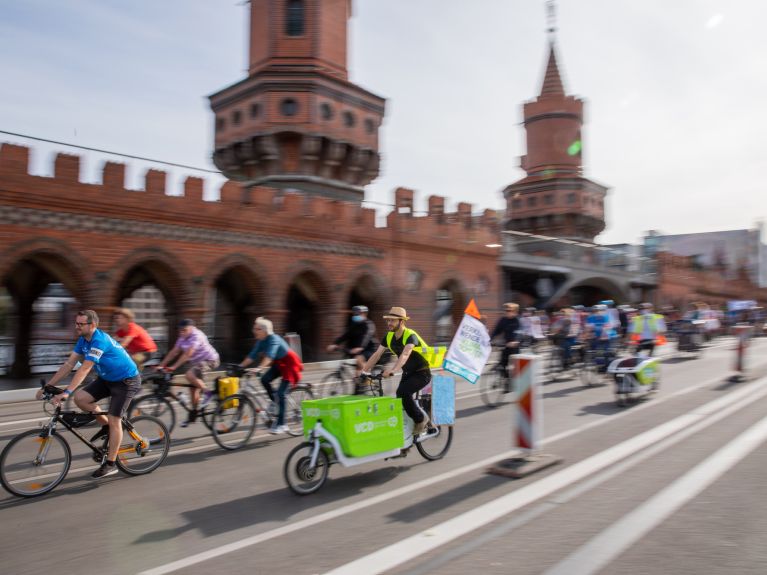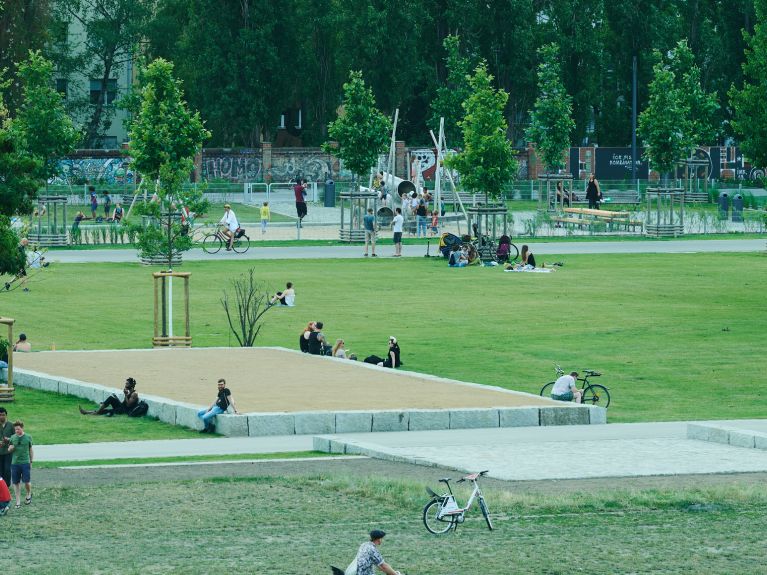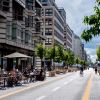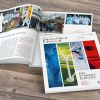Time for new approaches
The Covid-19 pandemic is changing transport and people’s lives in the city. Three examples from Germany.

Space for pop-up cycleways
Suddenly, the space was available. When motorized transport declined in German cities as a result of the Covid-19 pandemic, numerous new pop-up cycleways emerged on roads that normally had heavy traffic. These bicycle lanes, set up by the authorities at short notice, are popular, and they are also stimulating debate. For instance, in Berlin a court action was lodged against the pop-up bike lanes. The critics are demanding more room for cars. But the city’s senate wants to firmly establish the new cycle lanes to permanently strengthen the role of bicycle transport.

Less pressure on housing markets
The Covid-19 pandemic has significantly increased home office work in Germany. But Germany is traditionally a “nation of office workers”, according to the economic research institute in Cologne ─ Institut der deutschen Wirtschaft (IW). Throughout Germany around 14.8 million people work in offices. The IW reckons that theoretically about 85 per cent of them could also work from home on a permanent basis. In fact almost every second office employee already worked at least occasionally from home in 2018. In 2006 it was just over every third office employee. Experts expect that the home office trend will become firmly established and that life in the areas surrounding big cities will become more attractive. In turn, this will take the pressure off urban house prices.

Interest in greenery
Regularly airing offices and homes has become even more important during the Covid-19 pandemic, and people are also appreciating the benefits of being out and about in the fresh air. There will mostly likely be an increase in the current trend to visit green spaces, such as parks, botanical gardens, playgrounds and allotment colonies. According to the Federal Statistical Office there were an average of 25 square metres of green areas available per person in the 14 most populous German cities in 2018. In 1996 the available average was 18 square metres. Over the same period and in the same cities, the proportion of green spaces grew in relation to the residential and linked traffic areas from 7.7 to 10.9 per cent.
You would like to receive regular information about Germany? Subscribe here:


